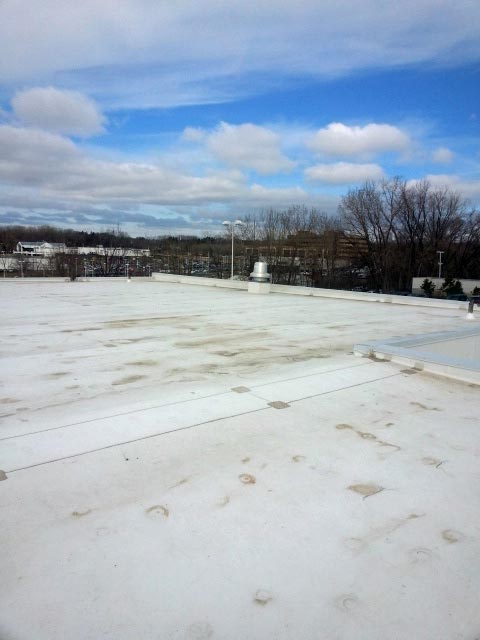TPO Flat Roof Repair and Replacement
The Main Benefits of a TPO Roofing System
Economical
Durable
Easy to Install
Energy Efficiency
Methods of Adhering TPO Roofing Membranes
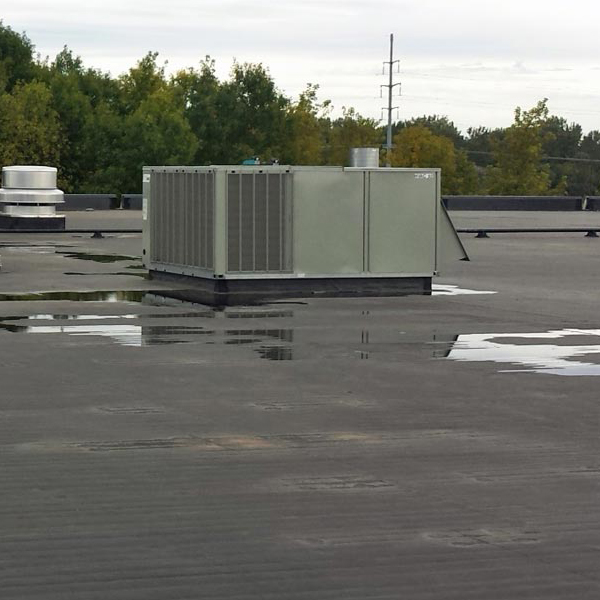
Fully Adhered System
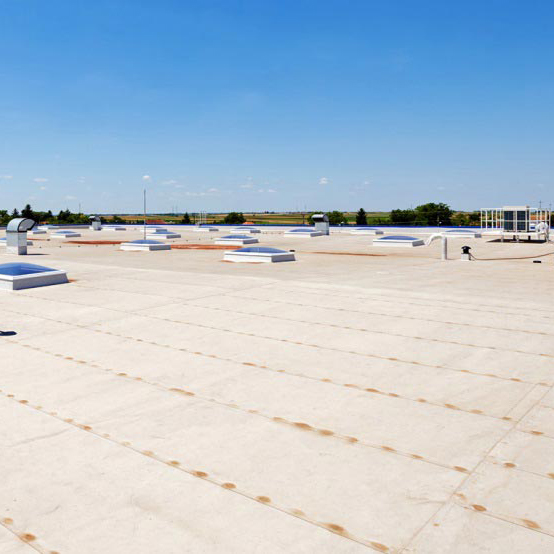
Mechanically Attached
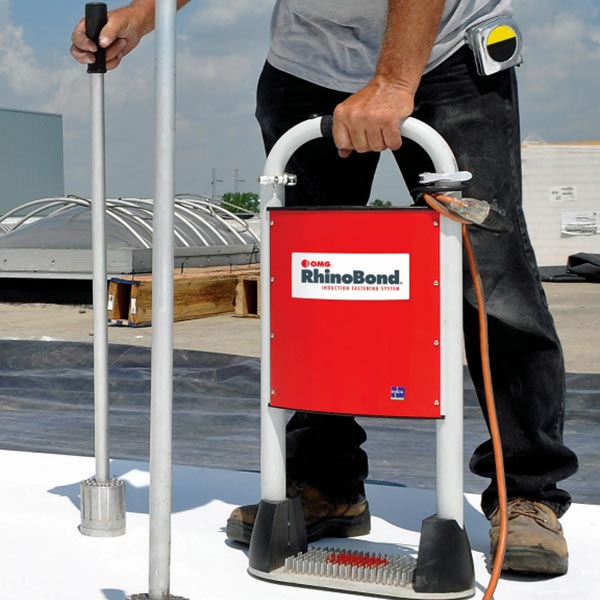
RhinoBond® System
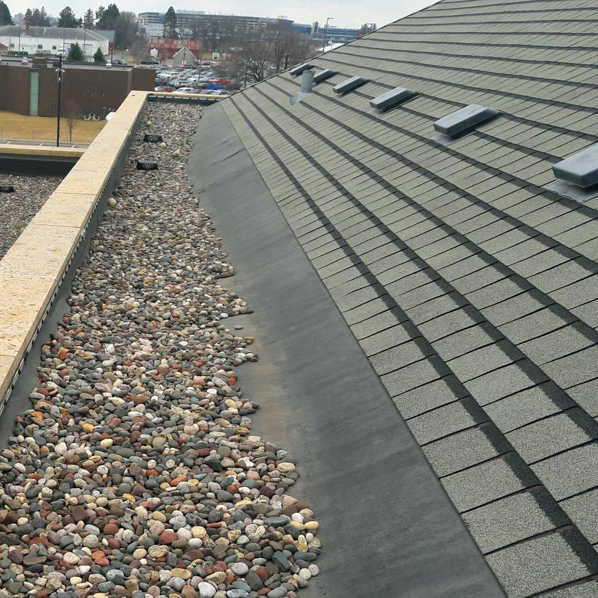
Ballasted System
TPO is the fastest growing commercial roofing product in the entire U.S.
Commercial TPO Roofing Installation Costs
TPO Cost: The total cost on an average roof is between $11 and $16 per square foot as well. A typical assembly includes the same basic elements as the EPDM roof, with similar attachment methods, except ballasted with river rock, but the roof membrane is typically welded together at the seams, but they can use pressure sensitive tapes in lieu of the welded seams. Advantages to this membrane are standard pre-finished or TPO coated sheet metal flashing can be used at the perimeter edge of the roof assembly (attached to the membrane) and the membrane is considered to be monolithic (one piece) if all the seams are welded together.
A monolithic roof membrane offers a great advantage, because when the entire surface of the membrane is welded together, there is less opportunity for seam failures than with primed and taped seams. TPO membranes come in several different colors; some lighter colors reflect sunlight and are candidates for rebates from the local energy companies. The disadvantages are TPO coated sheet metal cost two to three times what standard prefinished sheet metal cost and without a hail protection board (we install this unless specified otherwise); the membrane is susceptible to hail damage.

